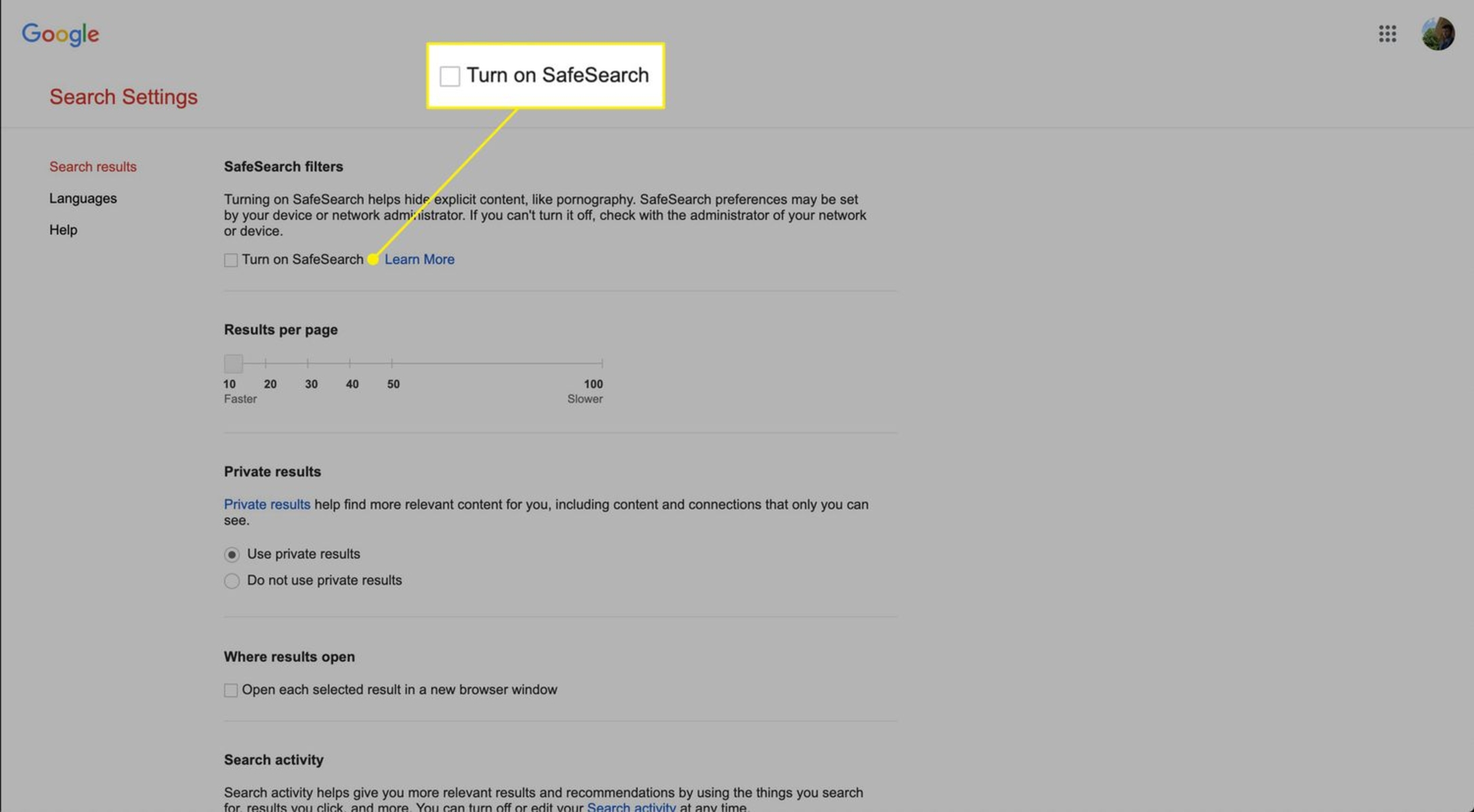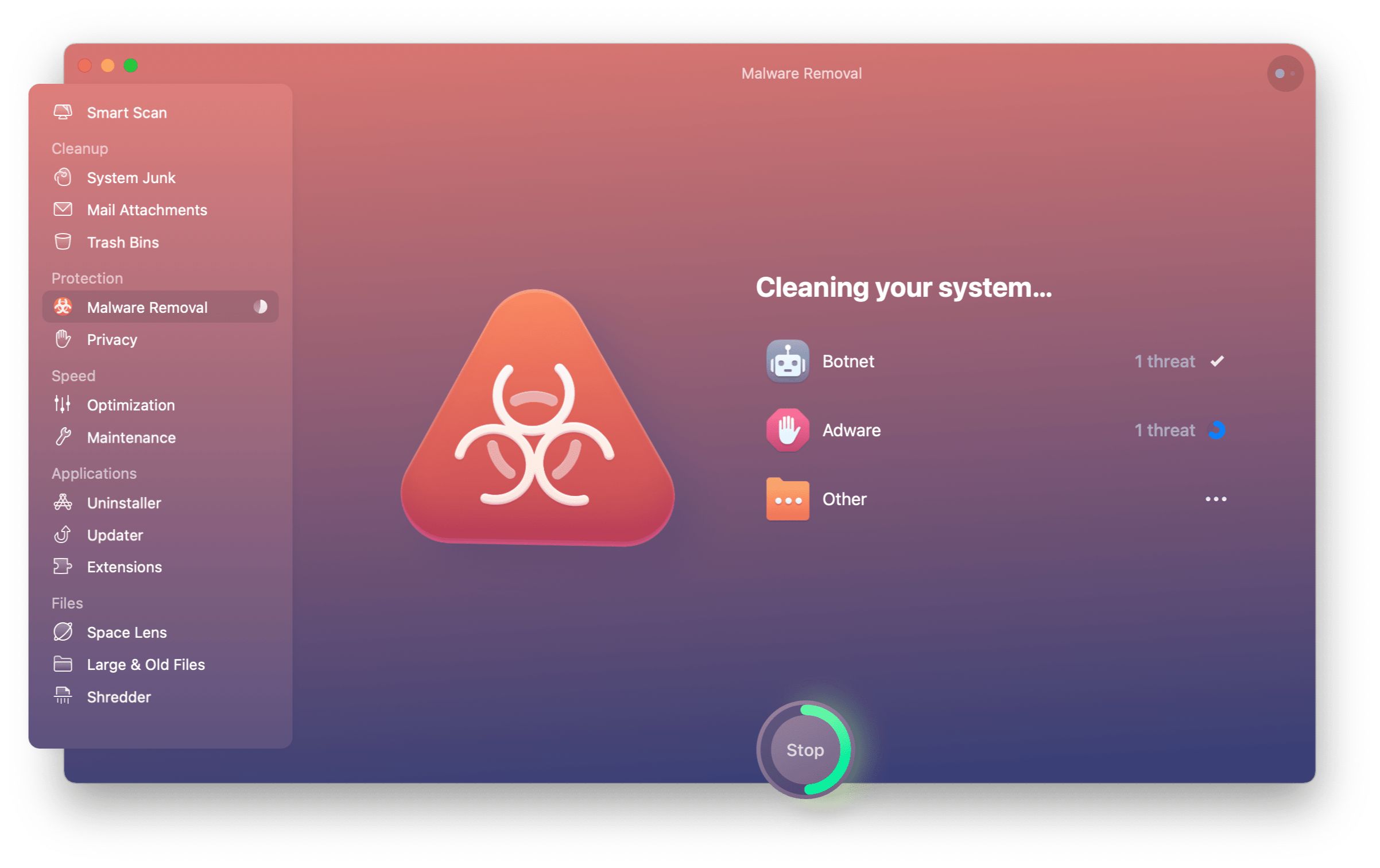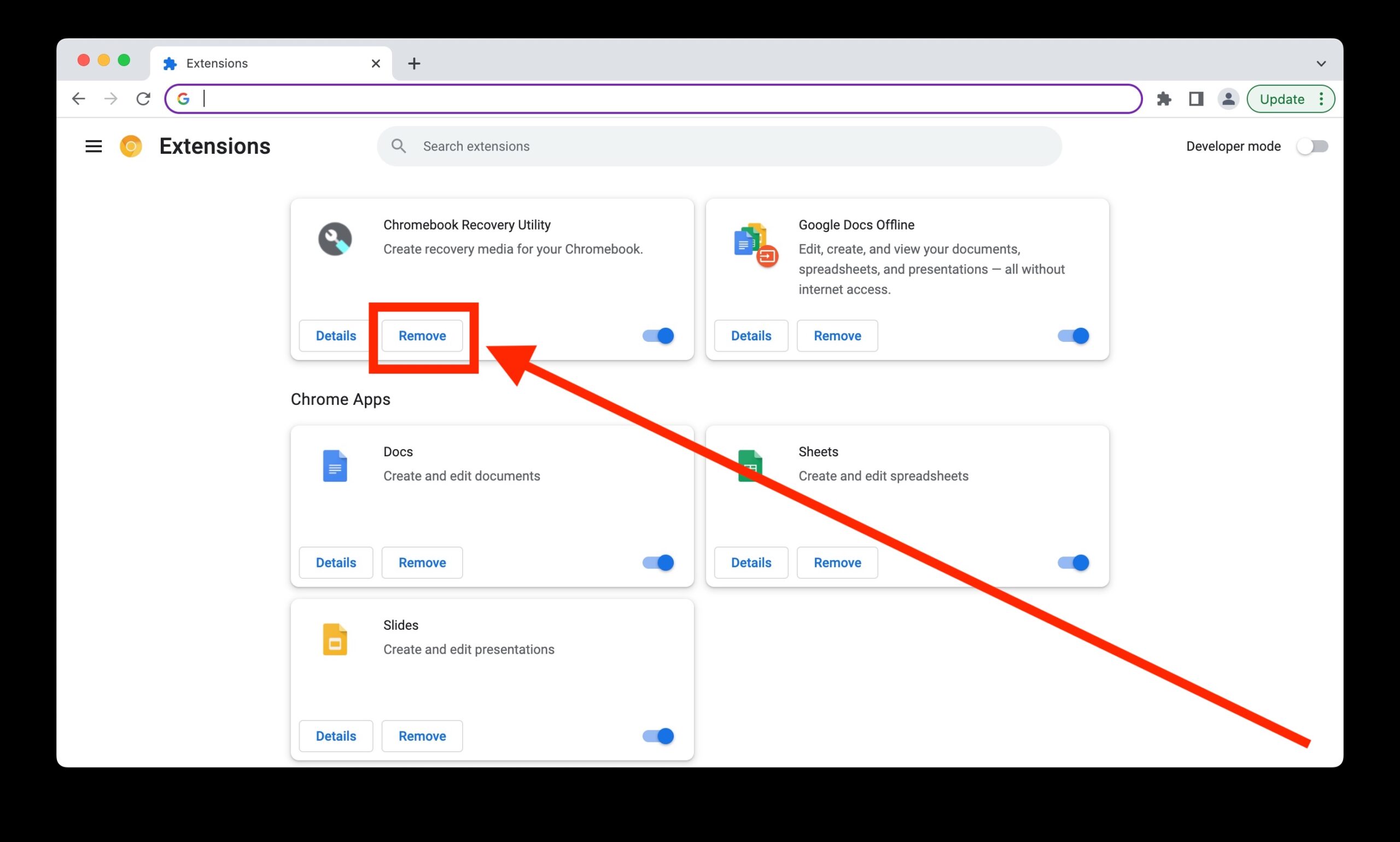Introduction
Safe Search is a feature designed to filter out explicit content from search results, providing a safer browsing experience, especially for young users. While this feature can be beneficial in certain contexts, some users may find it restrictive or unnecessary. If you're looking to remove Safe Search from your Chrome browser, you've come to the right place. In this article, we'll explore three methods to help you achieve this.
Whether you want to disable Safe Search within Chrome's settings, remove a Safe Search extension, or reset Chrome to its default settings, we've got you covered. By following these methods, you can regain control over your browsing preferences and customize your search experience according to your needs.
Let's dive into the step-by-step processes for each method, empowering you to make informed decisions about your browsing settings. Whether you're a parent seeking to adjust the browsing environment for your children or an individual looking to personalize your search experience, these methods will provide you with the flexibility to tailor Chrome's settings to your liking.
Method 1: Disabling Safe Search in Chrome Settings
If you're looking to disable Safe Search directly within Chrome's settings, you're in luck. This method allows you to make adjustments to your browsing preferences without the need for additional software or extensions. By following these steps, you can regain control over the content filtering feature and customize your search experience according to your preferences.
-
Open Chrome Settings: Begin by launching your Chrome browser and clicking on the three-dot menu icon located in the top-right corner of the window. From the dropdown menu, select "Settings" to access the browser's configuration options.
-
Access Search Engine Settings: Within the Settings menu, navigate to the "Search engine" section. Here, you'll find the option to manage search engine preferences, including Safe Search settings.
-
Modify Safe Search Settings: Look for the Safe Search option within the search engine settings. Depending on your version of Chrome, you may find the Safe Search feature under the "Search engine" or "Privacy and security" section. Once located, you can toggle the Safe Search setting to disable the feature.
-
Save Changes: After disabling Safe Search, be sure to save your changes by clicking on the "Save" or "Apply" button within the settings menu. This ensures that your updated preferences are applied to your browsing experience.
By following these steps, you can effectively disable Safe Search within Chrome's settings, allowing you to access a broader range of search results without content filtering restrictions. This method provides a straightforward approach to customizing your browsing experience and tailoring it to your specific needs.
Whether you're seeking to remove content filtering for personal use or adjusting browsing settings for others, such as children or family members, this method empowers you to take control of your search preferences directly within the Chrome browser. With Safe Search disabled, you can explore search results more freely, ensuring that the content aligns with your desired browsing experience.
Method 2: Removing Safe Search Extension
If you've installed a Safe Search extension in your Chrome browser and now wish to remove it, you're in the right place. Safe Search extensions are designed to filter out explicit content from search results, providing a safer browsing experience, particularly for young users. However, if you find that the extension is restrictive or unnecessary, you may want to remove it to regain control over your browsing preferences.
Here's a step-by-step guide to help you remove the Safe Search extension from your Chrome browser:
-
Access Chrome Extensions: Start by launching your Chrome browser and clicking on the three-dot menu icon in the top-right corner of the window. From the dropdown menu, select "More tools" and then choose "Extensions." This will take you to the Extensions page, where you can manage all installed extensions.
-
Locate Safe Search Extension: Once you're on the Extensions page, look for the Safe Search extension among the list of installed extensions. It may be listed under its specific name or as part of a suite of extensions related to safe browsing or content filtering.
-
Remove the Extension: To remove the Safe Search extension, you can simply click on the "Remove" button associated with the extension. Chrome will prompt you to confirm the removal, ensuring that you intend to uninstall the extension from your browser.
-
Confirm Removal: After clicking "Remove" and confirming the action, Chrome will proceed to uninstall the Safe Search extension from your browser. Once the process is complete, the extension will no longer be active, and its filtering capabilities will be disabled.
By following these steps, you can effectively remove the Safe Search extension from your Chrome browser, allowing you to customize your browsing experience according to your preferences. Whether you installed the extension yourself or it was added through third-party software, this method provides a straightforward approach to regaining control over your browsing settings.
With the Safe Search extension removed, you can explore search results more freely, ensuring that the content aligns with your desired browsing experience. This method empowers you to take control of your search preferences by removing the content filtering capabilities provided by the Safe Search extension, providing you with a more personalized browsing experience tailored to your specific needs.
Method 3: Resetting Chrome to Default Settings
Resetting Chrome to its default settings can be a comprehensive solution for removing Safe Search and restoring the browser to its original state. This method is particularly useful if you've encountered persistent issues related to Safe Search or if you've unintentionally installed software that has altered your browsing settings. By resetting Chrome, you can effectively remove any unwanted extensions, restore default search engine preferences, and eliminate custom configurations that may be affecting your browsing experience.
Here's a detailed guide to help you reset Chrome to its default settings:
-
Access Chrome Settings: Begin by launching your Chrome browser and clicking on the three-dot menu icon located in the top-right corner of the window. From the dropdown menu, select "Settings" to access the browser's configuration options.
-
Navigate to Advanced Settings: Within the Settings menu, scroll down and click on "Advanced" to reveal additional configuration options.
-
Locate Reset Settings: Under the "Reset and clean up" section, look for the "Restore settings to their original defaults" option. This feature allows you to reset Chrome to its default state, removing any modifications or customizations that may be impacting your browsing experience.
-
Initiate Reset Process: Click on "Restore settings to their original defaults" to initiate the reset process. Chrome will provide a summary of the settings that will be restored to their original defaults, including search engine preferences, homepage settings, and startup pages.
-
Confirm Reset: After reviewing the changes that will occur as a result of the reset, click on the "Reset settings" button to confirm the action. Chrome will proceed to reset the browser to its default state, removing any unwanted modifications and restoring the original browsing settings.
By following these steps, you can effectively reset Chrome to its default settings, providing a comprehensive solution for removing Safe Search and restoring the browser to its original state. This method empowers you to eliminate any unwanted extensions, custom configurations, or alterations that may be affecting your browsing experience, ensuring that you can enjoy a clean and personalized browsing environment.
With Chrome reset to its default settings, you can explore search results without the restrictions imposed by Safe Search or any unintended modifications to your browsing preferences. This method offers a holistic approach to restoring Chrome to its original state, allowing you to regain control over your browsing settings and customize your search experience according to your preferences.
Conclusion
In conclusion, the ability to remove Safe Search from the Chrome browser provides users with the flexibility to tailor their browsing experience according to their preferences. By exploring the methods outlined in this article, individuals can regain control over content filtering settings, remove unwanted extensions, and restore Chrome to its default state, ultimately customizing their search experience to align with their desired browsing environment.
Whether users opt to disable Safe Search within Chrome's settings, remove a Safe Search extension, or reset the browser to its default configuration, each method offers a distinct approach to addressing content filtering preferences. Disabling Safe Search directly within Chrome's settings allows for targeted adjustments to search engine preferences, providing a straightforward method for customizing content filtering settings without the need for additional software or extensions.
Furthermore, removing a Safe Search extension from the Chrome browser empowers users to eliminate content filtering capabilities and regain control over their browsing settings. This method offers a streamlined approach to removing specific extensions that may be impacting the search experience, ensuring that users can explore search results more freely and without unnecessary restrictions.
Additionally, resetting Chrome to its default settings provides a comprehensive solution for removing Safe Search and restoring the browser to its original state. This method addresses persistent issues related to content filtering, unwanted modifications, or unintended alterations, allowing users to enjoy a clean and personalized browsing environment free from the constraints of Safe Search.
By leveraging these methods, users can take charge of their browsing preferences, whether for personal use or when managing the browsing environment for others, such as children or family members. The ability to customize content filtering settings and tailor the search experience according to individual needs is essential for creating a safe yet personalized browsing environment.
In essence, the methods presented in this article empower users to make informed decisions about their browsing settings, ensuring that they can explore the web in a manner that aligns with their preferences. Whether seeking to remove content filtering for personal use or adjusting browsing settings for others, these methods provide the flexibility to tailor Chrome's settings to create a personalized and safe browsing experience.

























